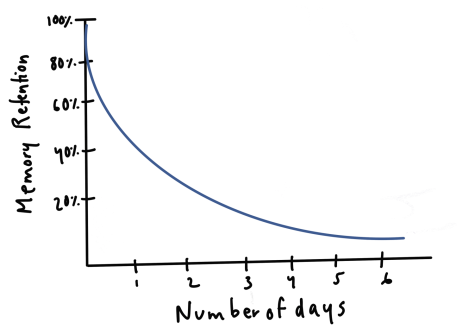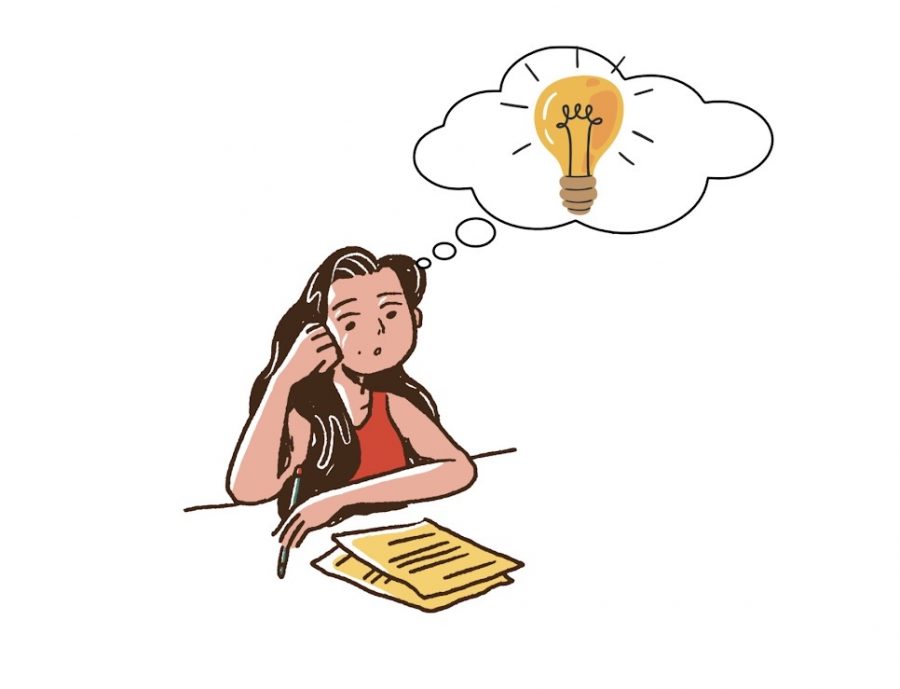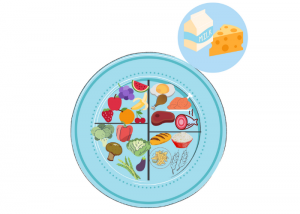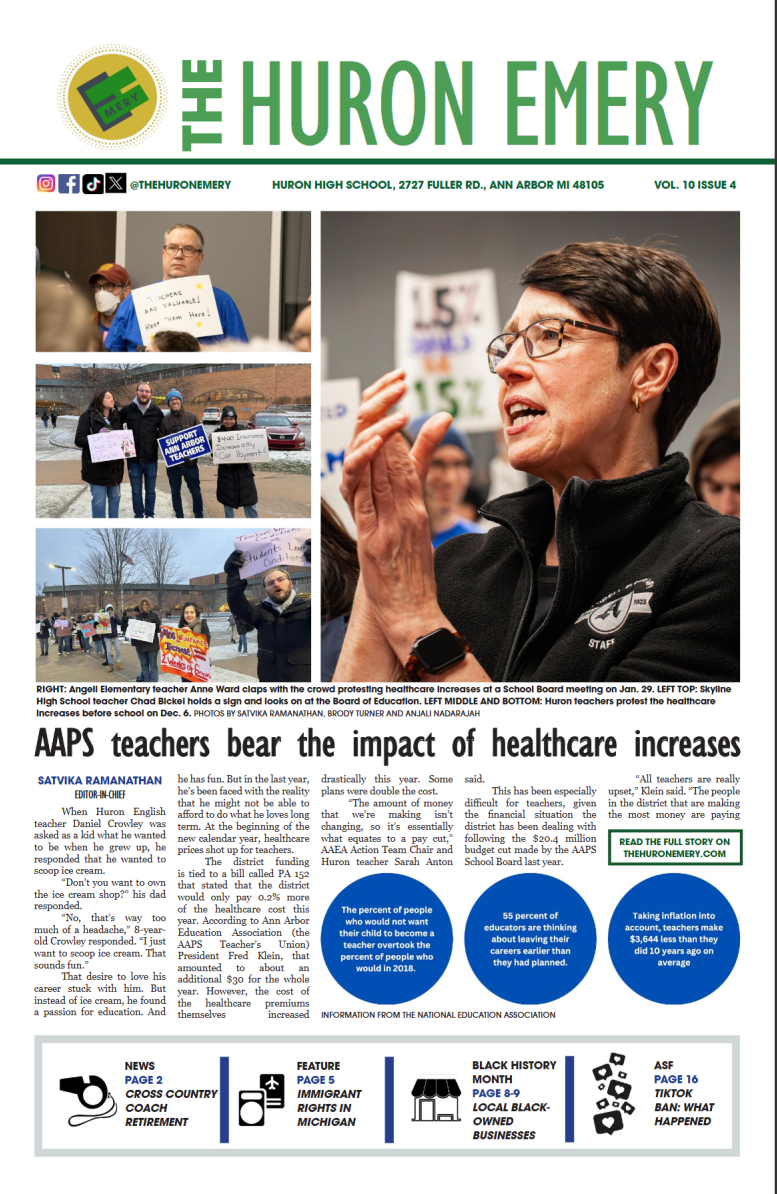Teachers need to open up — to open note testing
Students will be able to use logical thinking skills and how to apply those skills in answering test questions with open-note tests.
January 31, 2021
Writing an essay. Working on homework. Doing a school project.
What do these all have in common?
Students are most likely using their holy grail in all of these situations. Their notes.
Notes are something very crucial to a student as they are the backbone of a student being able to actually learn the subject and material. We still have a question that arrives upon us: are students actually learning the material or memorizing it just for their test? Only to forget the material right after. Consequently, students should be able to use notes on tests.
There is a huge difference between memorizing the material and understanding the material. Yes, memorization does play some sort of a key part in being able to understand the material, such as memorizing solubility rules. But, students still need to know and understand how to use the memorized material to fit their understanding of the subject.
With open-note tests there is a major benefit students will receive: they will actually learn the material.
Usually, when studying for a regular test (without notes), students are memorizing facts and not learning them. According to Edutopia, psychologist Hermann Ebbinghaus studied the memory and discovered the forgetting curve. The forgetting curve reveals the deterioration of memory retention. His experiments have conveyed that 56 percent of new information is forgotten in an hour. 66 percent of that same information is forgotten after a day. 75 percent of it is forgotten after six days.
Furthermore, Ebbinghaus, another experiment related to the forgetting curve conveyed a similar deterioration of memory retention. According to this article, he constructed a list of 2,300 made-up words, and tested himself repeatedly in intervals. A day after he memorized it, he barely remembered a third of it, and only remembered 5 percent of the words two days after.

So, students are only learning five percent and maybe even less of the material, after they take tests. By the end of their high school career, multiple questions come upon us.
Are students really learning anything?
How are they able to apply those skills in the next semester of that course?
How are they able to apply the skills and information they supposedly “learned” in high school at a university or college? Or to even answer a simple question, for AP/IB exams.
They will not be able to, because they are forgetting almost all of the material just days after they are learning it.
Which brings up back to a solution: open-note tests. Open-note tests will help the students put on their thinking caps. It will help them apply specific concepts and use those notes to answer questions. Yes, teachers have a concern whether or not students will be able to learn the material, and any good student should be able to pertain to any type of exam, correct? However, students will use specific skills and concepts, to apply them to answer a particular question. Not to mention, the amount of stress and anxiety a student goes through, open-note tests will make things a bit less stressful, and learning actually fun. It’s time. Teachers need to open up — to open-note testing.














